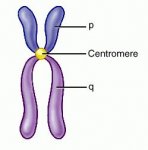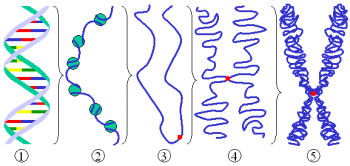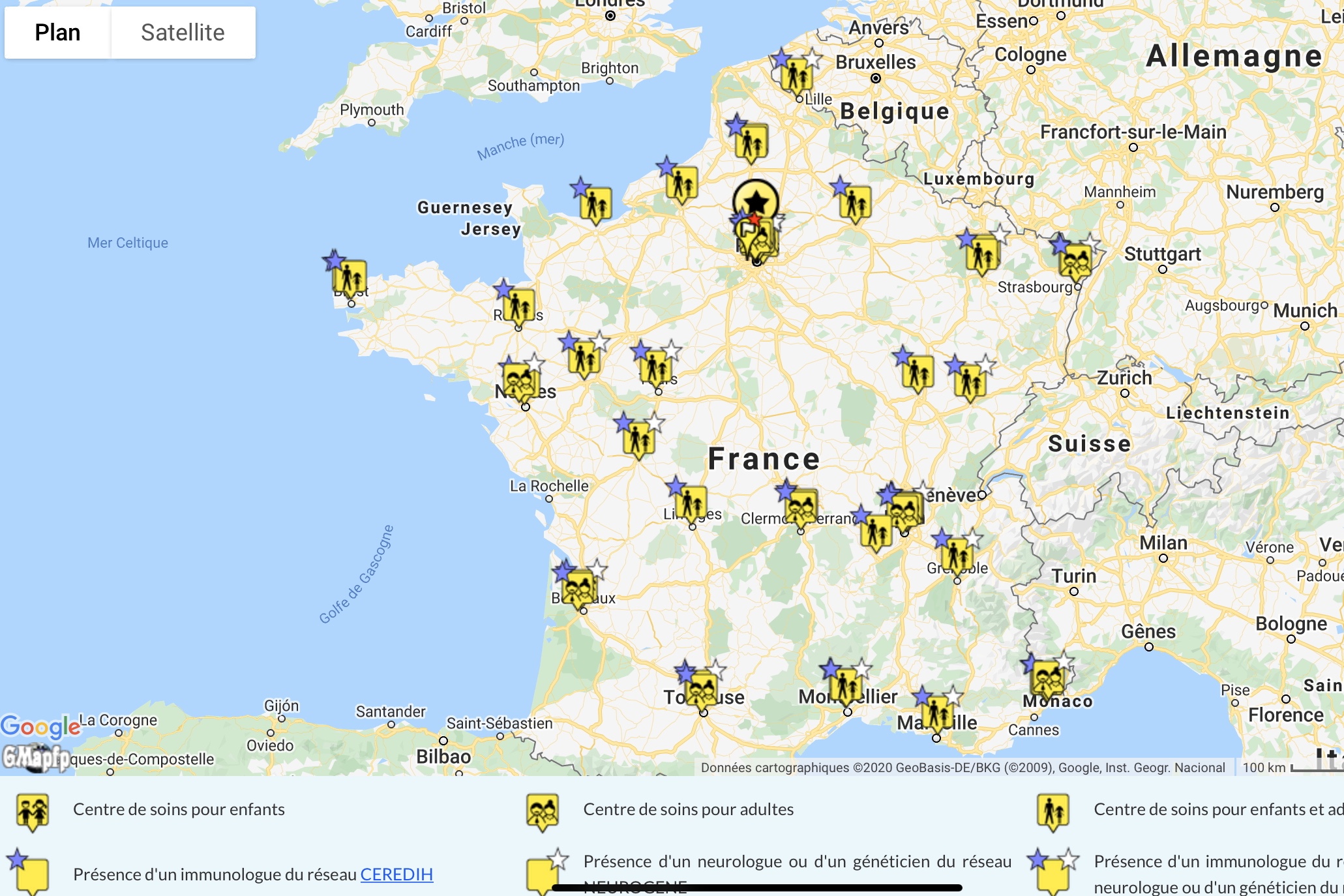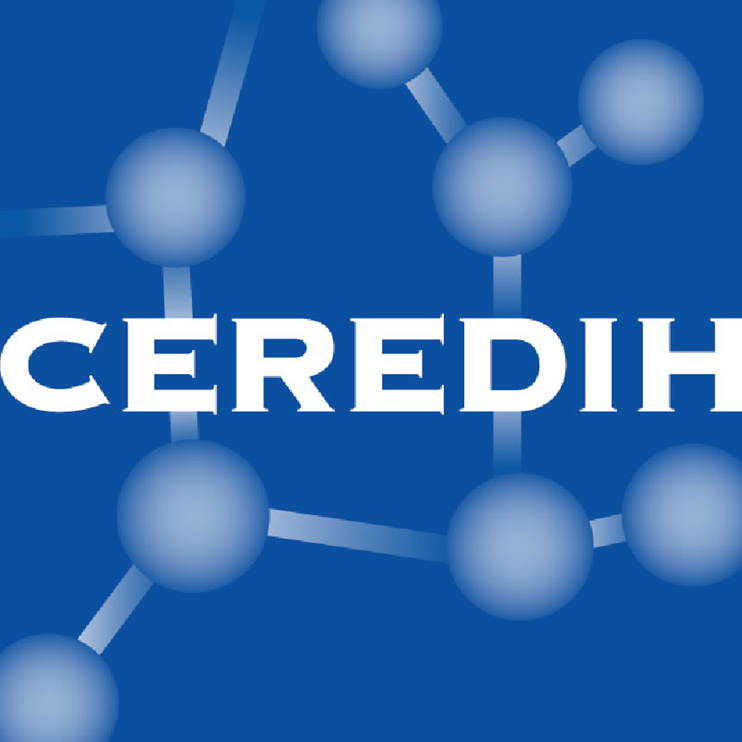order helvetica, click sans-serif; font-size: 1em; background-color: #92d2dd; border: medium solid #333333; text-align: center;">DNA is our "individual program of manufacture."
help helvetica,sans-serif; font-size: 1em; background-color: #92d2dd; border: medium solid #333333; text-align: center;">A chromosome is a DNA strand temporarily ordered in some way for cell division.
A chromosome consists of genes.
Each gene encodes a protein that, itself, has a function.
There are 25,000 genes in the human genome.
DNA
It is sort of recipe melting countless of chemical operations that will lead to the establishment of a unique individual. It is the internal memory of every living being. DNA molecules (1) are very long: they measure several meters! (3). They are located in the nucleus of cells as disorderly "balls" (2) in normal times. They do compact (4) and arrange themselves into chromosomes only at the time of cell division (5).
CHROMOSOME
 There are 23 pairs of chromosomes in a human being with 22 pairs of autosomes and one pair of chromosomes which determines the sex (XX for females, XY for males). In a pair, each chromosome has the same functions as the other, but one comes from the mother and one from the father.
There are 23 pairs of chromosomes in a human being with 22 pairs of autosomes and one pair of chromosomes which determines the sex (XX for females, XY for males). In a pair, each chromosome has the same functions as the other, but one comes from the mother and one from the father.
 All chromosomes are in the same shape: a long arm (denoted "q") and a short arm (denoted "p") separated by a central point: the centromere.
All chromosomes are in the same shape: a long arm (denoted "q") and a short arm (denoted "p") separated by a central point: the centromere.
GENE
 Each chromosome consists of a DNA molecule whose parts, genes, will allow the construction and development of a tissue or a body function. There are 25,000 in humans, but this is not the best provided in nature.
Each chromosome consists of a DNA molecule whose parts, genes, will allow the construction and development of a tissue or a body function. There are 25,000 in humans, but this is not the best provided in nature.
Note that they do not act directly as a gene itself is not active: it is simply used as a code to produce a protein that will be active and have a specific and indispensable action.






